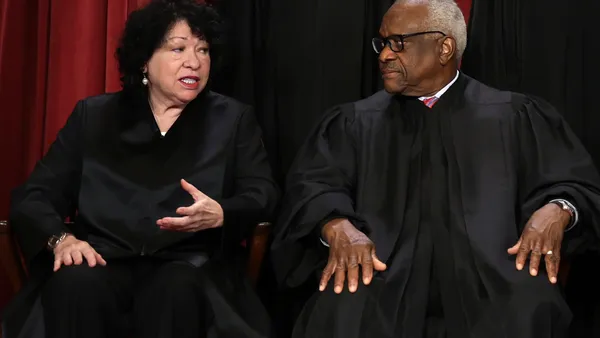Dive Brief:
- Under California law, Target should have accounted for a former employee’s shift differential when it calculated her final wages for unused vacation, the 9th U.S. Circuit Court of Appeals held (Mills v. Target Corp., No. 21-56308 (9th Cir. Mar. 6, 2023)). Because California courts haven’t been clear on the law, Target acted on a good faith belief of what was required and did not willfully exclude the shift differential, the 9th Circuit found.
- After she was terminated, the employee filed a class action suit against Target. She alleged Target violated California law by failing to pay her vested vacation pay and by willfully failing to pay her final wages. Specifically, she alleged Target paid her a final base rate of $13 per hour, excluding a $2 per hour shift differential she was receiving at the time she was terminated.
- A federal district court held that although the shift differential should have been included in calculating the employee’s final wage rate, including in determining her unused vacation pay, Target did not act willfully. On appeal, the 9th Circuit affirmed. Under the California’s labor code, employers that provide paid vacation must pay terminated employees their unused vested vacation time “as wages at [their] final rate.” The term “final” indicates “that the rate of wages to be paid is the rate at the employee’s termination – no matter when the employee accrued the vacation,” the appeals panel explained. There was no evidence Target’s error was due to anything but a misunderstanding of the law, it said.
Dive Insight:
A shift differential is extra pay typically given for working nights or a weekend shift. The Fair Labor Standards Act doesn’t require a shift differential to be paid; rather, it’s something the employer and the employee or their representative may agree upon, according to the U.S. Department of Labor.
Under the FLSA, employees who are not exempt from overtime must receive at least the federal minimum wage of $7.25 per hour for all hours worked, plus time-and-one-half for hours worked in excess of 40 in a workweek. The FLSA requires shift differential to be included in a non-exempt employee’s regular rate of pay when calculating overtime, according to a DOL fact sheet.
The agency has undertaken enforcement actions on this requirement in the past. According to a pair of 2019 settlement agreements, DOL alleged that a Pennsylvania healthcare provider and a Connecticut lighting manufacturer incorrectly calculated overtime payments by failing to include shift bonuses and shift differentials in the calculations.
By allegedly failing to do so, the employers paid overtime rates lower than those required by the law, DOL said. Pursuant to a consent judgment, the Pennsylvania employer paid $39,704 in back wages and damages to 92 employees; the Connecticut employer owed more than $138,753 to 829 employees, according to DOL.
California courts have reached opposite conclusions as to whether the state’s labor code requires employers to pay a terminated employee’s vested vacation at only their base rate, the 9th Circuit said. Because of this, Target did not act willfully, it held.











